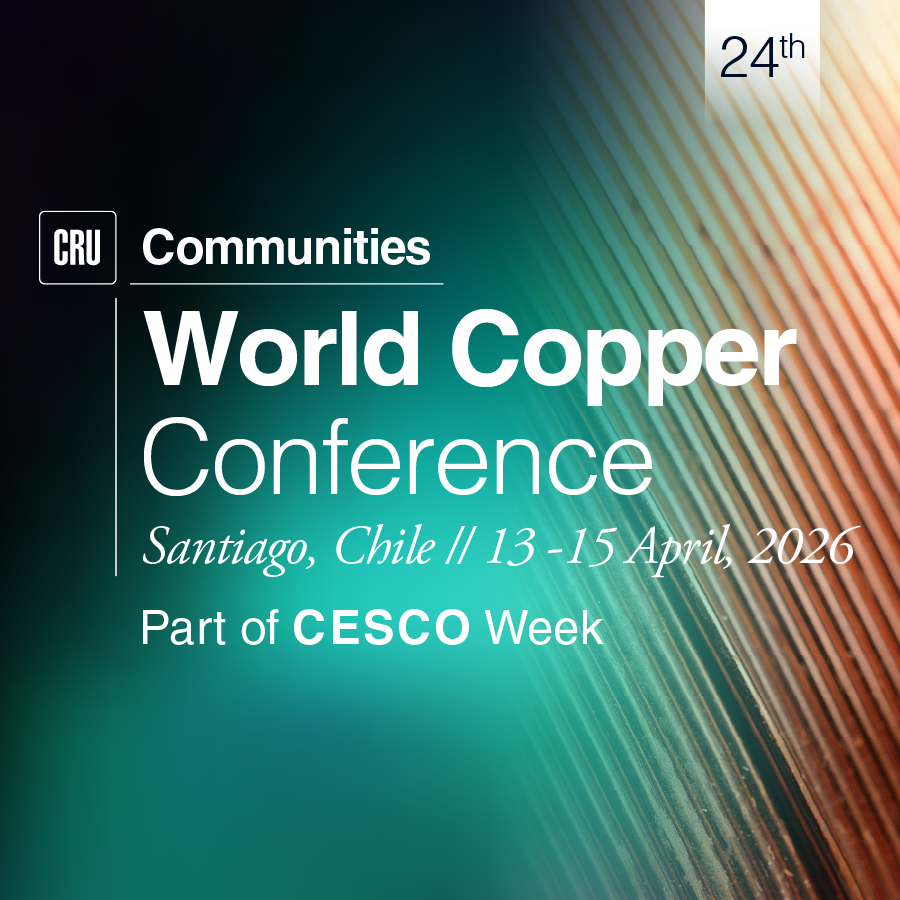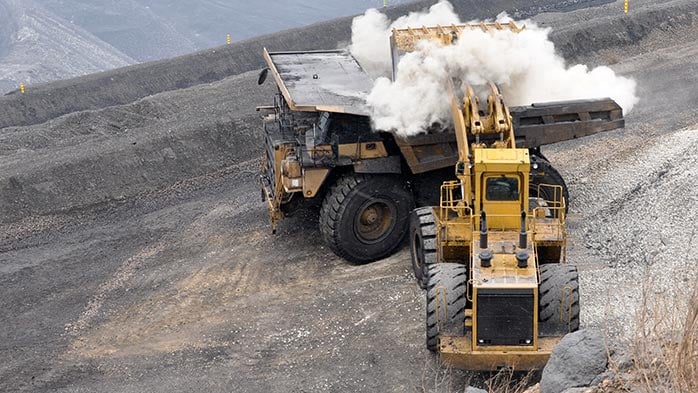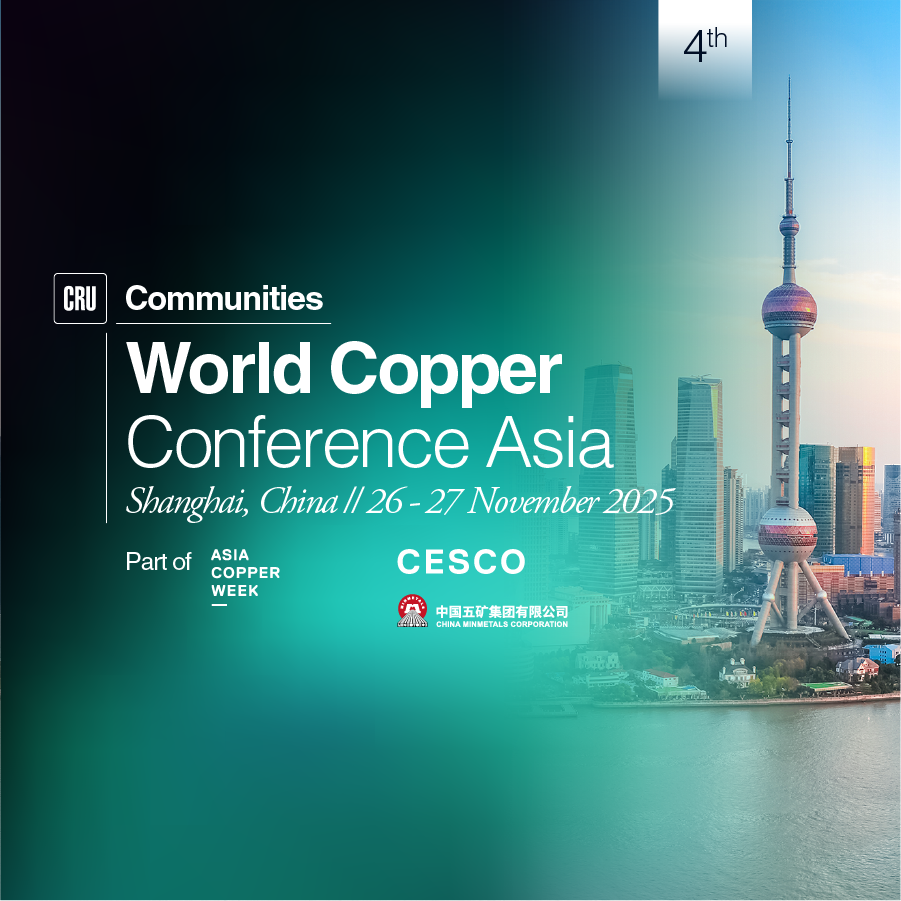Anglo-Teck merger copper insight series: Part 1
It is widely acknowledged that the proposed Anglo-Teck merger would create a copper entity with credible scale anchored by Anglo American’s operating base and a clear pathway to growth supported by Teck Resources’ project pipeline. The combined portfolio pairs stable production with a set of projects capable of attractive returns, resulting in a cash‑flow profile that strengthens as priority projects come online through the turn of the decade. With disciplined sequencing, prudent capital allocation and timely approvals, the merged entity can convert this optionality into enduring value and position itself as one of the most influential top‑tier copper businesses over the next decade.
This Insight, the first in a series exploring aspects of the proposed merger, sheds light on the relative strengths that a combined copper business would have compared to its competitors.
On the shoulders of giants: Anglo’s stability and Teck’s pipeline
As presented in the chart below, taken from CRU’s Copper Market Outlook and Long-Term Market Outlook, over the next decade, Anglo is set to deliver stable, consistent copper output from its three flagship assets – Quellaveco, Collahuasi, and Los Bronces. Its growth is largely contingent on the proposed fourth processing line at Collahuasi (~120 ktpa), tentatively targeted for 2032. In contrast, output from Teck’s existing operations is expected to decline until the turn of the decade, when extensions and new builds come onstream. Most prominent is the Highland Valley extension (~140 ktpa) and Zafranal (~70 ktpa), followed by a cluster of smaller projects early next decade.
At its most basic, this merger is a combination of two copper portfolios that are perfectly aligned. If the Anglo-Teck merger proceeds, Teck’s pipeline would be the primary engine adding incremental kilotonnes, while Anglo’s steady base would anchor portfolio reliability and mitigate near‑term cashflow risk. However, further value creation is on the cards if district integration between Collahuasi and Quebrada Blanca unlocks additional capacity, defers standalone capex, and improves unit economics through shared infrastructure and optimised routing. This opportunity will be explored in one of our subsequent Insights in this series.
Anglo-Teck could reach 1.6 Mt Cu by 2035
On a 2024 basis, the combined Anglo-Teck copper entity would sit in sixth place of the industry’s largest copper producers, with ~0.9 Mt equity-attributable production.
However, as highlighted above, the long‑run picture looks different. By 2035, a scenario incorporating sanctioned expansions and priority pipeline contributions shows Anglo-Teck has a credible path to reach 1.6 Mt equity-attributable production. On a like-for-like (2024 vs 2035) basis, this would see Anglo-Teck move up to sit within the top three producers, with a 75% growth in production over the 2024 vs 2035 period.
This would mark a transition period for the company from a mid-tier producer to a leading copper player. However, this position would be under production pressure from rivals such as Zijin, Freeport and Glencore, all of which have equally credible paths to reaching 1.6 Mt by 2035. As shown in the chart above, while Anglo’s production is forecast to grow by ~175 kt to 2035, it is Teck’s additional ~500 kt that stands out. This growth is primarily attributable to the development optionality, Chile’s district integration, Peruvian growth options, and a wider North American project pipeline of Teck’s portfolio. Caveats remain of course, with the delivery of ~650 kt volumes contingent on execution and approvals tied to uncommitted projects.
Extending the analysis from volume to cash
While the growth in production is clearly of paramount importance, business performance is what matters most. Thus, we have also assessed how the combined portfolio is expected to translate tonnes into revenue and free cash flow through to 2035, and how the mix of sanctioned assets versus uncommitted projects influences the cadence and resilience of those cash flows. The data below was collected using CRU’s Asset Platform.
The combined Anglo-Teck copper entity shows a classic build cycle through 2025–2035. Cash flow from operations (CFO) trends higher from roughly $6 bn in 2025 and peaks around $13.5 bn in 2034. Capex starts off elevated until 2027, due to the development of key projects such as the Highland Valley extension (Teck), Collahuasi Expansion (Anglo) and San Nicolas (Teck).
A period of capex spend relief is expected in 2028, followed by a capex-heavy window from 2029 until 2031, as development spend ramps up again, most notably for Nueva Unión I (Teck), Schaft Creek (Teck) and NorthMet (Teck). During this capex-heavy window, downward pressures on the annual pre-tax cash flows are expected. However, from 2032, as development turns into revenue, generating assets, overall CFO and pre-tax cash flow increases year-on-year. Overall, the profile is consistent with a portfolio shifting from steady base generation to a development‑led growth phase and then into stronger cash conversion as new volumes come online..
Anglo’s core mines anchor near‑term cash flow, while Teck’s pipeline drives most of the medium‑term growth. As late‑decade projects ramp up, the cash‑flow mix shifts gradually from Anglo to Teck, with a brief uptick to Anglo around 2031–2032 before the balance tilts back toward Teck by 2035.
A stable operating base finances the build phase, after which incoming projects increase total cash generation and broaden the sources of earnings.
From cash-flows to valuations
To better understand the cash‑generation profile, we have also evaluated the capital efficiency and quality of the returns generated from this portfolio of assets using CRU’s project‑level Net Present Values (NPV) and new Profitability Indices (PI) data.
PI is an established investment metric, calculated as the ratio of an asset's NPV to its initial capital expenditure. CRU presents NPV on a pre-tax basis using a 10% WACC. When the PI = 1, the present value of the future cash flows equals the initial investment cost. This is the break-even point in terms of value creation.
The chart above shows the pre‑tax, attributable NPV for select Anglo-Teck assets according to size, country and across discount rates ranging between 8–15%, highlighting each asset’s sensitivity to the cost of capital. At lower rates (8–10%), absolute value generation is led by assets such as Quellaveco, reflecting scale and earlier cash flows. As the discount rate rises beyond 12%, NPVs compress, with projects that generate cash sooner retaining more value.
The indicated internal rate of return (IRR) measures return quality, with Zafranal (67%) and Nueva Unión I (46%) ranking among the highest levels, and also being more resilient to higher discount rates. In portfolio terms, Quellaveco helps anchor scale at reasonable discount rates, whereas Zafranal and Nueva Unión I contribute capital efficiency and value retention as funding costs rise. Further, San Nicolás, NorthMet, and Schaft Creek add optionality, with the former two located on the lower end of the equity attributable valuation curve.
One challenge is that using NPV is heavily influenced by the timing of the asset being built and delivering first production. It therefore provides a less insightful view on the intrinsic value of an asset. To address this, CRU also calculates the PI of assets. This presents a time-agnostic view on the value of an asset.
Assets that generate positive cash flows quicker have disciplined capex profiles and located in South America screen higher on PI in the copper industry, while those with larger capex relative to size, longer timelines to positive cash generation, and located in North America tend to have lower PI’s.
The chart above compares NPVs and PIs for selected Anglo-Teck projects against CRU’s copper country benchmarks, illustrating the valuation range across the Americas. Chile and Peru benefit from decades of copper investment, established supply chains, and scale effects that lower unit costs and support higher value per dollar of capital, which is further emphasised by the PIs and NPVs of the Anglo-Teck assets located in this region. Whereas, the North American assets, while offering country diversification and strategic optionality, generally face higher input costs and longer lead times, leading to (in this example) lower value per dollar of capital, i.e. lower PI and NPV at a 10% discount rate compared to their Southern counterparts.
Given these regional valuation dynamics, the combined pipeline delivers the most equity‑attributable value from their South American assets, where the entity’s exposure is most concentrated.
Ultimately, the analysis underscores that the most prosperous path is a combined one. Anglo brings a valuable South America-anchored operating base that stabilises near‑term cash flow. However, its forward copper project pipeline is relatively thin. Teck contributes a diverse, high quality pipeline that can drive medium‑term growth, but many of these projects are capital‑intensive and sensitive to financing costs and sequencing risk.
Together, the merged entity pairs stability with growth – Anglo’s strong cash‑generating base can help fund and reduce the risk of Teck’s developments, while Teck’s project pipeline strengthens Anglo’s future growth options. Together they turn complementary strengths into a more resilient, higher‑value copper business.
Note: The cashflow and resulting valuations data are pre-tax and intended for guidance purposes only. They are derived using CRU’s proprietary Asset Service methodologies, including assumptions on prices, discount rates, operating and capital expenditures and other key factors. They should not be solely relied upon for investment, auditing, or compliance purposes and may not align with the financial metrics published by other companies, including those in investor reports.















